Animal Life news stories
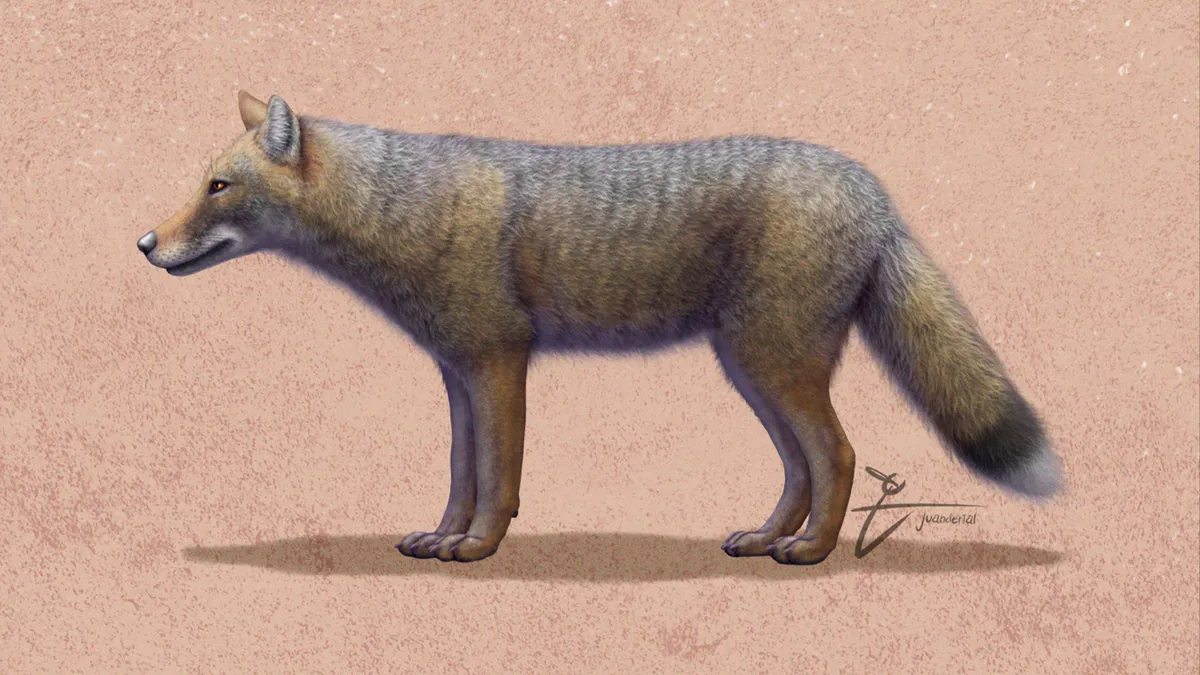
Hunter-gatherers in what is now Patagonia, Argentina, kept foxes as pets before the arrival of European dogs about 500 years ago, a new study suggests. In some cases, the ancient people were so closely bonded with their pet foxes that they were even buried with them.
Fossils of two strange creatures found in northeastern China show the earliest dental diversification among ancestors of mammals. One of the species, Feredocodon chowi, was found in the Daohugou Formation in Inner Mongolia. The rocks in which they were found date to the Middle Jurassic (174–163 million years ago). Two specimens assigned F. chowi were examined in a paper published in Nature.

Scientists have discovered the fossilised skull of a giant river dolphin, from a species thought to have fled the ocean and sought refuge in Peru’s Amazonian rivers 16m years ago. The extinct species would have measured up to 3.5 metres long, making it the largest river dolphin ever found. See the study here.
Sometimes, it takes the smallest thing to undertake a mammoth task. That’s what researchers behind the attempts to de-extinct the woolly mammoth are hoping as they announced what they believe to be a step forward in their efforts.
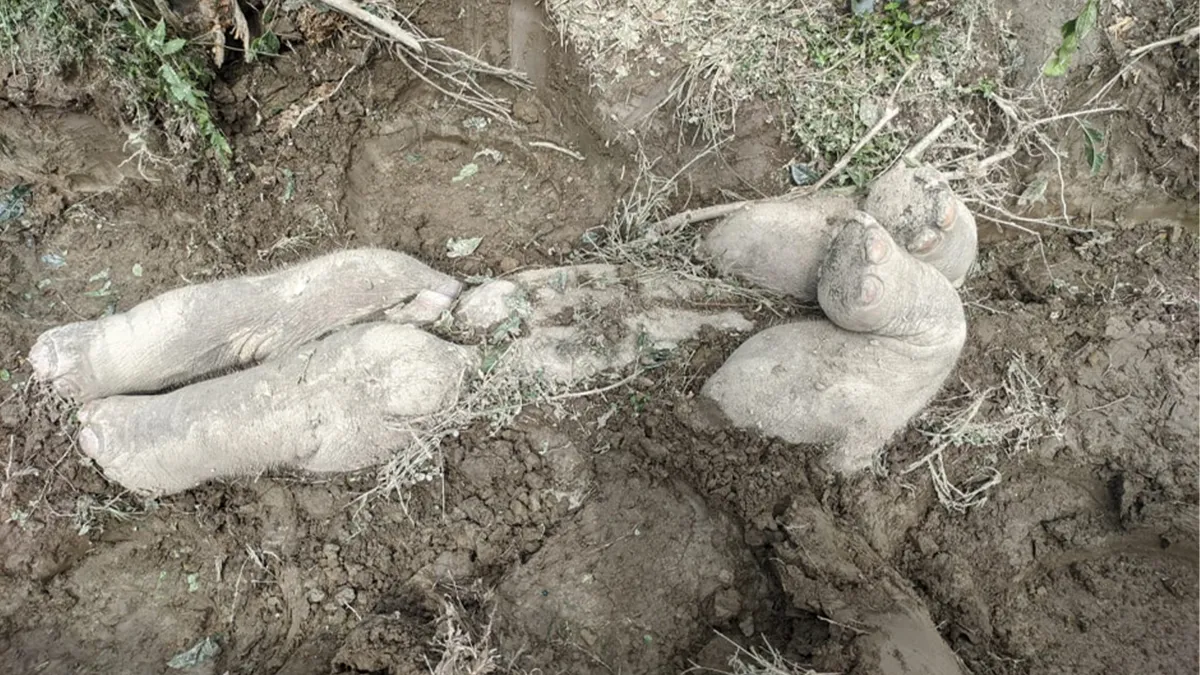
Asian elephants bury their calves with their legs poking out of the ground, researchers have observed. The calves were 1 year old or less and were transported to premade burials of sorts — irrigation drains on tea estates in India — by herd members, before being placed in holes and covered in soil. See the study here.

Psilocybe mushrooms appear to have started producing psilocybin roughly 67 million years ago, right around the dinosaurs’ demise, new research shows.
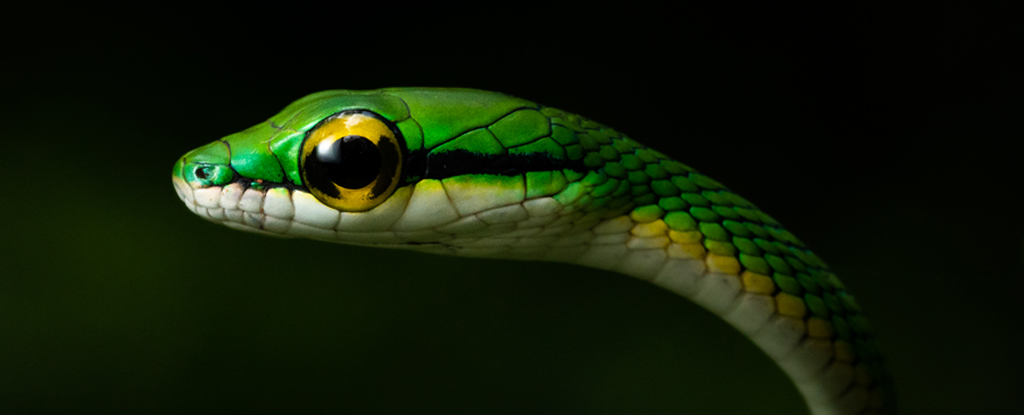
Roughly 128 million years ago, snakes suddenly burst into an abundant existence on Earth, eventually diversifying into the 4,000 or so species we see today. See the research in Science.

The dismissal of a concept that has already been recognised in UN declarations and is a fundamental belief of many Indigenous communities was described by critics as shameful, contradictory and undemocratic.
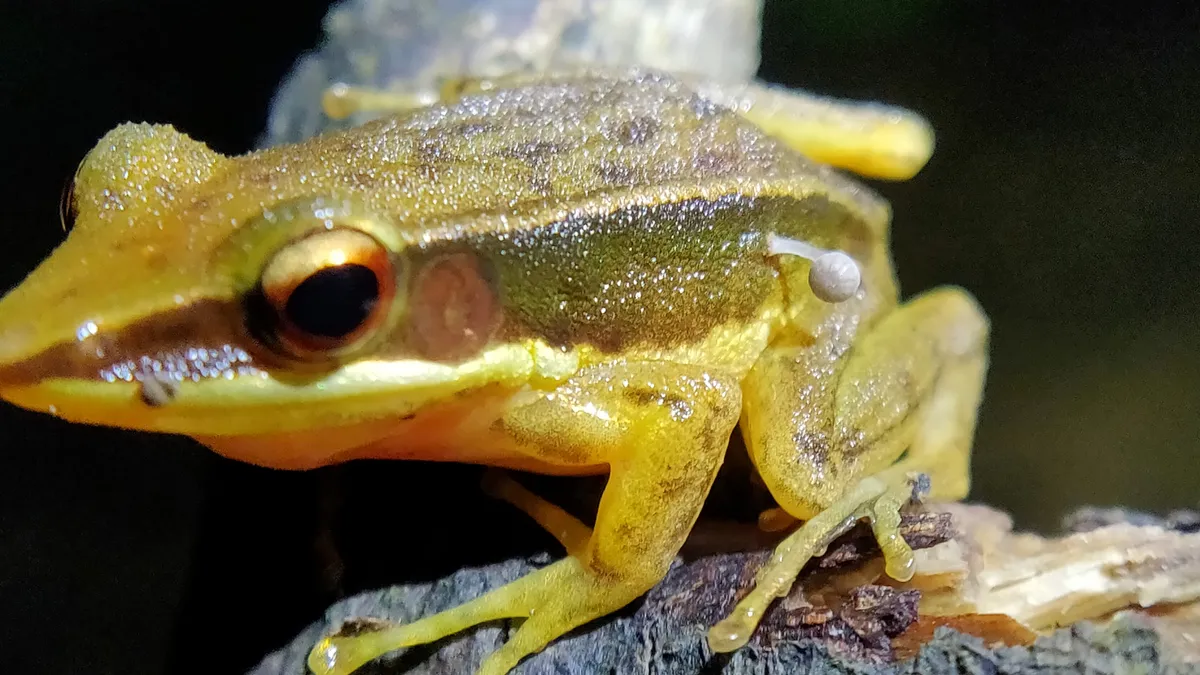
First ever documented evidence of a fungus, suspected to be a Mycena species, growing on the body of a seemingly healthy frog
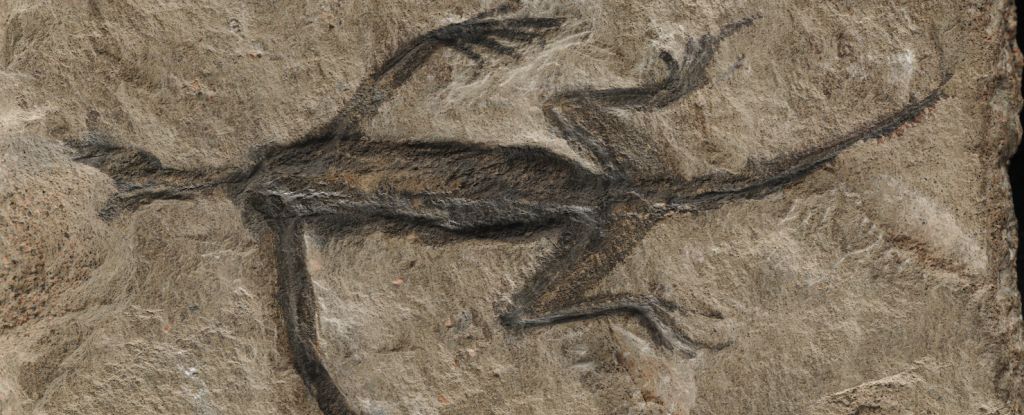
It’s called Tridentinosaurus antiquus, excavated in 1931, and considered a truly remarkable find. Dating to 280 million years ago, before the dinosaurs, it was thought to represent one of the oldest lizard fossils ever found…Well, now we know why we’ve never found another fossil like it: that soft tissue, according to a new, painstaking analysis, is not soft tissue at all. It’s paint. The research has been published in Palaeontology.
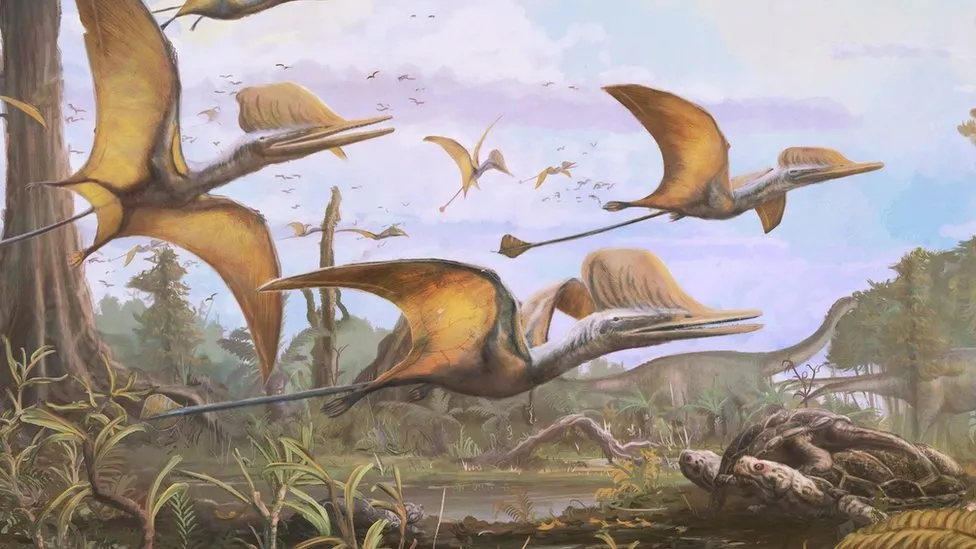
A unique species of flying reptile, or pterosaur, that lived 168-166 million years ago has been discovered on the Isle of Skye…Scientists were surprised to find a pterosaur from this period off Scotland’s west coast – they were thought to mostly live in China.

New evidence from the fossilised skulls of a 6-million-year-old ape called Lufengpithecus has revealed important clues about how our quadrupedal ancestors made the transition to walking on two legs. The analysis is published in the journal Innovation.

The autonomous plane will map areas of the continent that have been out of bounds to researchers.

The birds’ brains and behavior could give clues to the evolution of intelligence.
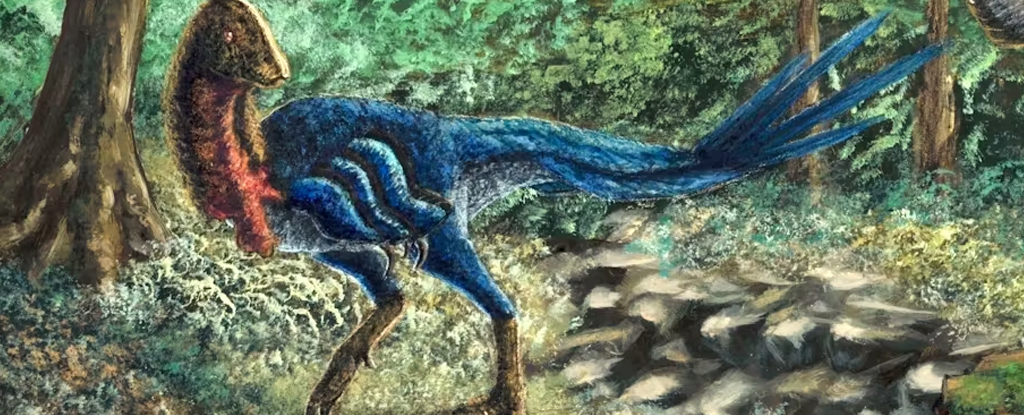
Were dinosaurs already on their way out when an asteroid hit Earth 66 million years ago, ending the Cretaceous, the geologic period that started about 145 million years ago? It’s a question that has vexed paleontologists like us for more than 40 years.









